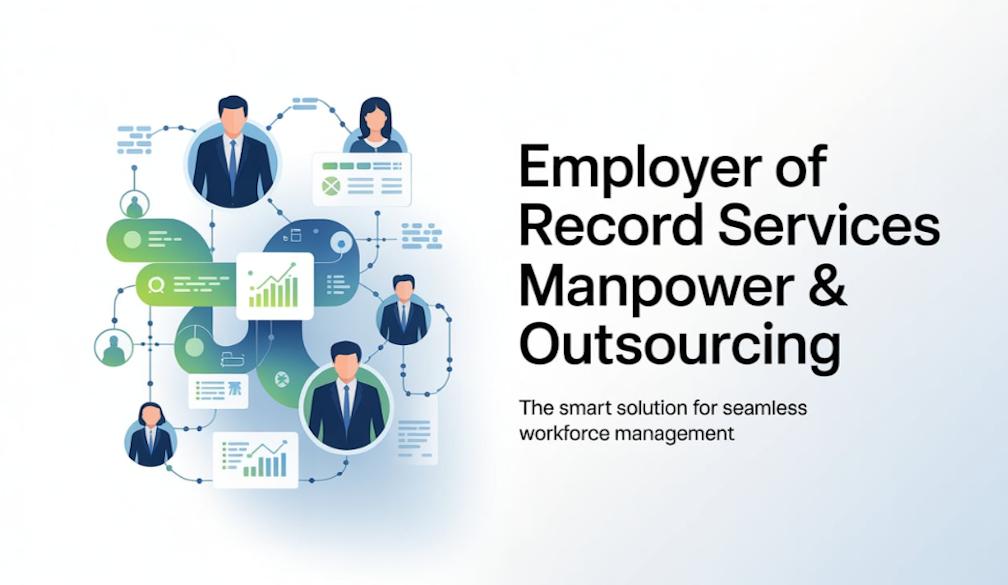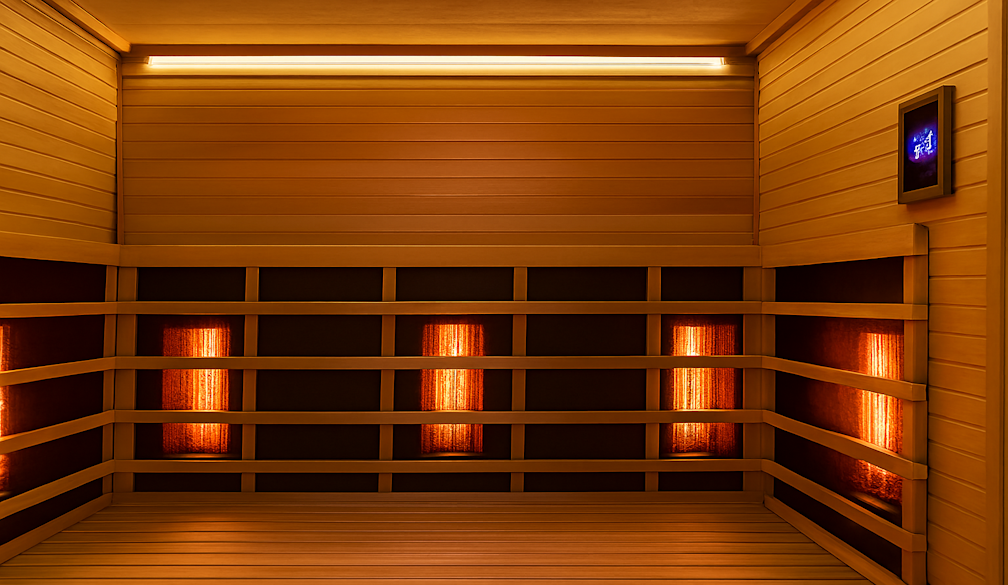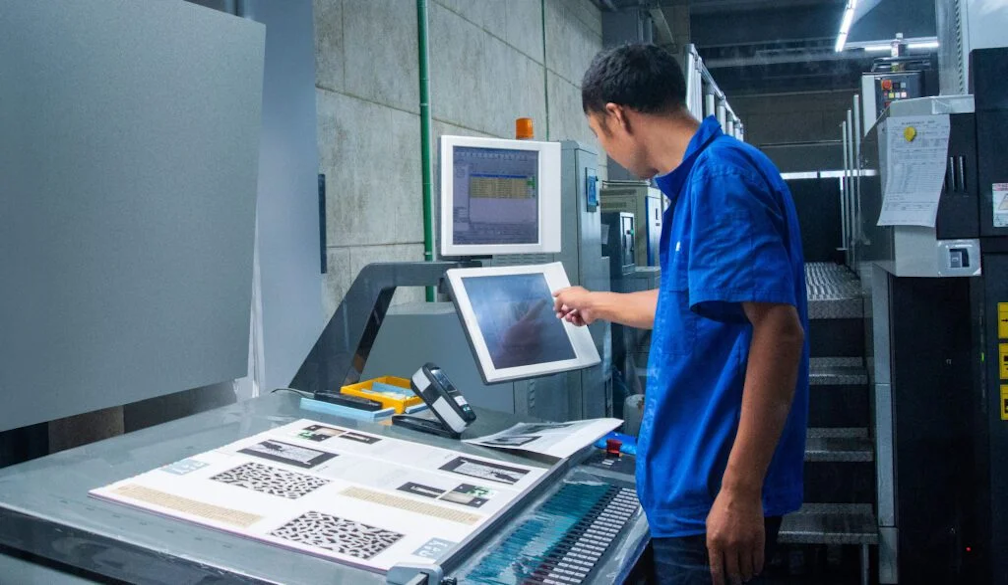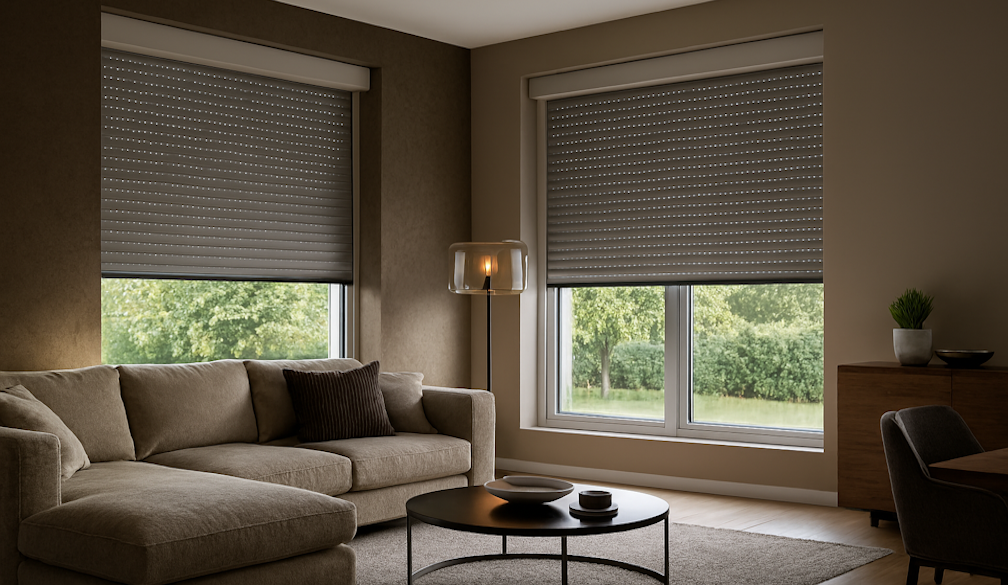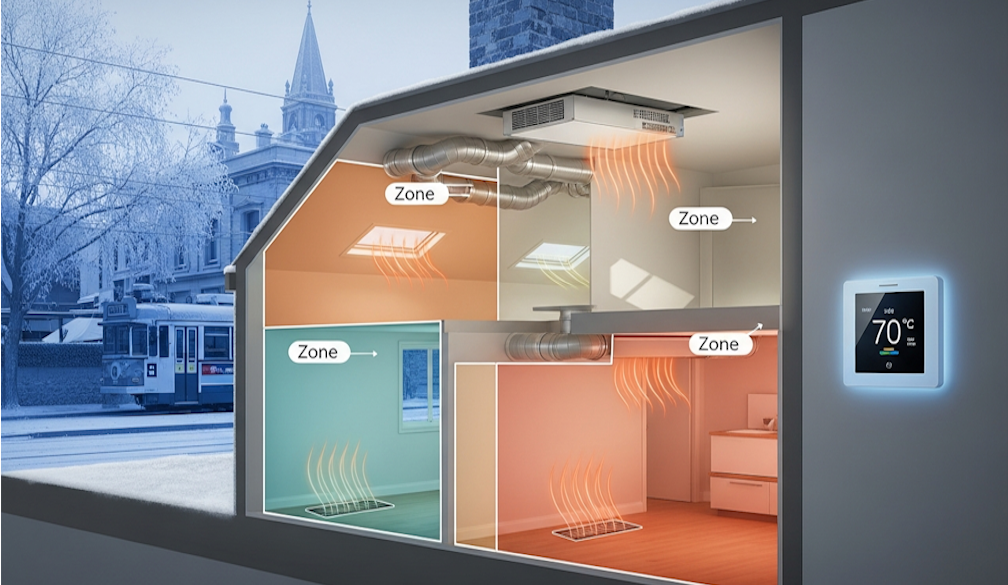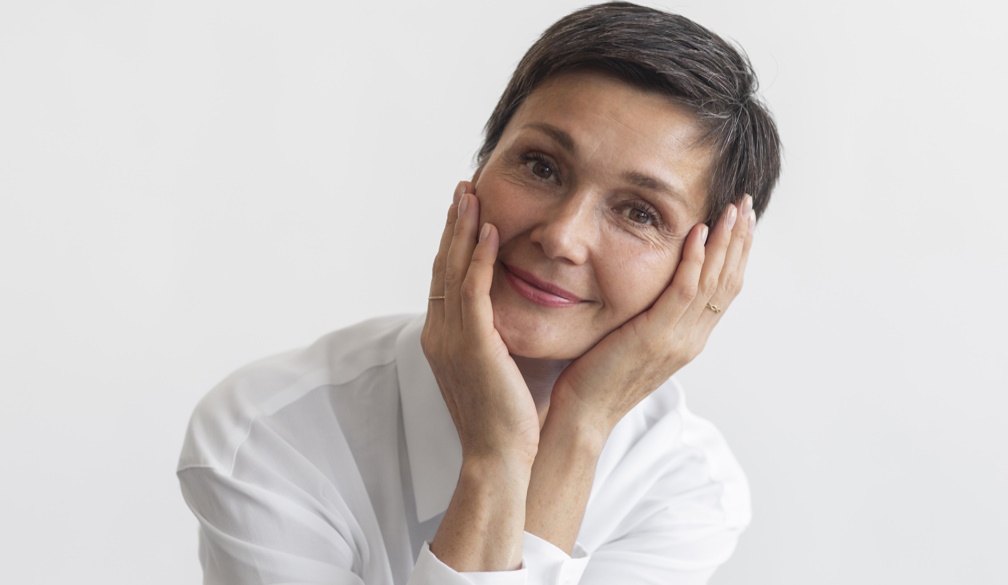Endometriosis costs women and society $30,000 a year for every sufferer
- Written by Mike Armour, Post-doctoral research fellow, Western Sydney University
The average cost for a woman with endometriosis both personally and for society is around A$30,000 a year, according to our research, published today in the journal PLOS ONE.
Most of these costs are not from medication, or doctors’ visits, although these do play a part. Rather, they’re due to lost productivity, as women are unable to work – or work to their usual level of efficiency – while experiencing high levels of pain.
Remind me, what is endometriosis?
Chronic pelvic pain is pain below the belly button that occurs on most days for at least six months. The most common identifiable cause is endometriosis. Endometriosis is the presence and growth of tissue (called lesions) similar to the lining of the uterus that’s found outside the uterus.
Women with the condition have a variety of symptoms, including non-cyclical pelvic pain (which is like period pain but occurs regularly throughout the month), severe period pain, pain during or after sexual intercourse, and severe fatigue. Gastrointestinal problems, such as severe bloating (often called “endo belly” by those who suffer from it) and pain with bowel motions, are also common.
Read more: I have painful periods, could it be endometriosis?
Currently, surgery (a laparoscopy) is the only way to make a formal diagnosis of endometriosis – this is where a small camera is inserted into the pelvic/abdominal cavity to investigate the presence of endometriosis lesions.
Both medical and surgical treatments are commonly used for women with endometriosis. Medical therapies include non-steroidal anti-inflammatories (such as ibuprofen and naproxen), oral contraceptive pills and other forms of hormonal treatments.
While these medications can be effective for some, many women experience side effects and need to stop using them.
Surgery is the current “gold standard” of treatment, but despite successful surgery many women find their pain and symptoms can return within about five years after surgery.
Read more: Considering surgery for endometriosis? Here's what you need to know
How many women have it?
Around 7% of Australian women aged 25–29 and 11% of women aged 40–44 are likely to have endometriosis, which is similar to the worldwide estimate of one in ten women.
Delays in diagnosis are extremely common, and combined with needing surgery for a diagnosis, means many women suffer for years with chronic pelvic pain before being diagnosed with endometriosis later in life. This contributes to the difficulty in getting exact figures for how many women in Australia have endometriosis.
Worldwide estimates of chronic pelvic pain range from 5% to 26% of women. In New Zealand, it’s around 25% and is likely to be similar in Australia but we are lacking any up-to-date and reliable statistics on this.
What did our study find?
Endometriosis and chronic pelvic pain affect all aspects of women’s lives – social activities, romantic relationships and friendships, education, and work attendance and productivity.
We surveyed more than 400 women aged 18 to 45 who were either diagnosed with endometriosis or experiencing chronic pelvic pain. We asked about health-care costs (both out of pocket and funded), employment-related costs, and other costs related to childcare and household maintenance. We also asked about their pain levels.
 Women with endometriosis sometimes have to work when they’re in extreme pain, affecting their productivity.
Flamingo Images/Shutterstock
Women with endometriosis sometimes have to work when they’re in extreme pain, affecting their productivity.
Flamingo Images/Shutterstock
We found the average cost for a woman with endometriosis was around A$30,000 per year.
Around one-fifth of this cost was in the health sector, for medications, doctors’ visits, hospital visits, assisted reproductive technology such as IVF, and any transport costs to get to these appointments. Of this, A$1,200 were out-of-pocket costs.
The bulk of the costs (over 80%) were due to lost productivity, either because of absenteeism (being off work) or presenteeism (not being as productive as usual because you’re sick). Women with endometriosis often use up all their sick leave and then often have to work when they are in severe pain.
Overall, if one in ten women aged 18 to 45 do have endometriosis, the total economic burden in Australia may be as high as A$9.7bn per year for endometriosis alone.
Pain scores had a very strong link with productivity costs. Women with the most severe pain had a 12-times greater loss of productivity, in terms of working hours lost, than those with minimal pain.
Overall, taking into account all costs (health sector, out-of-pocket, carers and productivity) women with severe pain have six-times greater costs (A$36,000) a year overall compared to those with minimal pain (A$5,700).
Finally, we also looked at the cost of illness not only of those women with a diagnosis of endometriosis, but also of those that had other causes of chronic pelvic pain, such as vulvodynia (pain, burning or discomfort in the vulva) and adenomyosis (growths in the muscular wall of the uterus).
We found the overall costs between the two groups – those with endometriosis and those with other types of pelvic pain – were very similar.
Read more: Adenomyosis causes pain, heavy periods and infertility but you've probably never heard of it
 The more pain a woman has, the bigger the impact on her productivity and out-of-pocket costs.
Iryna Inshyna/Shutterstock
The more pain a woman has, the bigger the impact on her productivity and out-of-pocket costs.
Iryna Inshyna/Shutterstock
So what should we be doing?
The economic burden of endometriosis is at least as high as other chronic disease burdens such as diabetes. However, many women are not receiving the support they need.
Read more: Women aren't responsible for endometriosis, nor should they be expected to cure themselves
We also need to prioritise funding for endometriosis research, which until recentlyhas attracted comparatively little research funding.
Plans are underway to increase awareness and education, and improve diagnosis and pain management. Unfortunately, there is no such plan for women with other forms of chronic pelvic pain.
Reducing pain, by even a modest 10-20%, could improve women’s quality of life and potentially save billions of dollars each year.
Authors: Mike Armour, Post-doctoral research fellow, Western Sydney University





